What is the biopsychosocial model, and why does it matter?
Pain can be multifactorial. In the physiotherapy world we talk about the biopsychosocial model. This is just a fancy way of saying your experience of pain can come from:
- Biological components- you have structural or pathological damage to a tissue
- Psychological components such as our thoughts, emotions, behaviours, beliefs and coping mechanisms
- Social components- cultural factors, family circumstances, work issues
You may have an assignment due, which may carry with it a small amount of stress. However you may also be dealing with a sick child/parent/pet, some financial troubles, a toxic work environment. You might be coping by taking on more tasks so you don’t have to think about it. You might start to feel your neck getting tighter and tighter.
In this scenario it may not be one thing that is causing your pain, it is the overload and role of a variety of factors leading to what you are feeling. Stress is a part of life, and in some degrees healthy. It is how we react and manage this stress that helps with the associated pains that can come with it
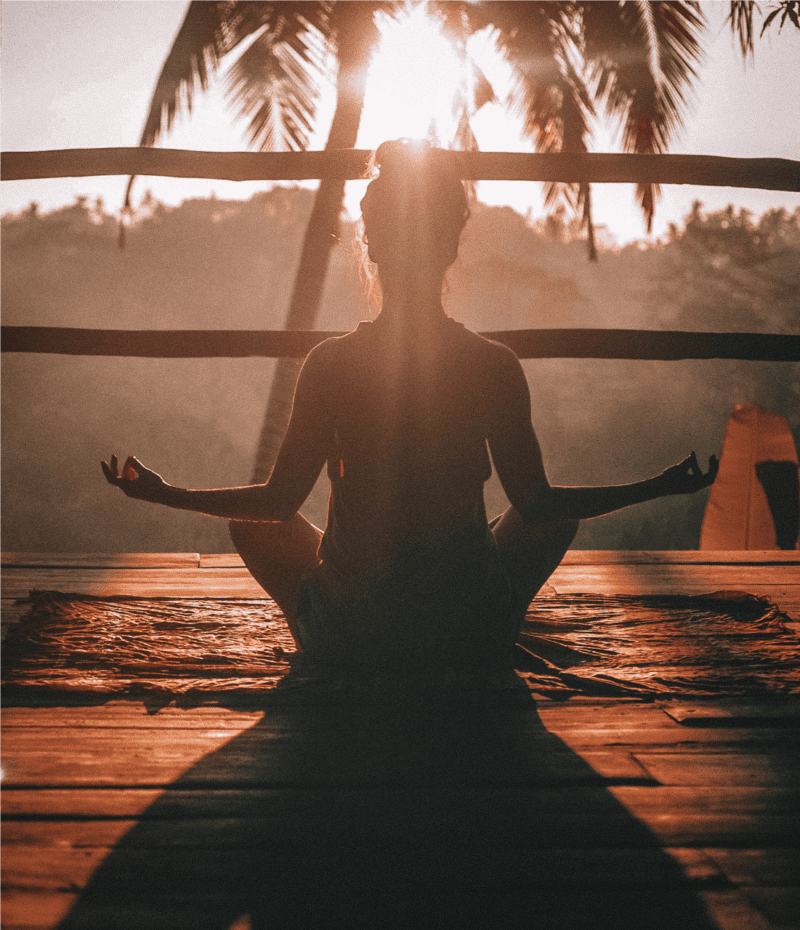
How breathing can play a role
A really effective and simple way to manage pain from stress is through our breath. When we are stressed or in pain we tend to breathe more shallowly, or what we call apically with just our upper lungs and shoulders- this has many impacts on our bodies- we get tighter through our neck and pelvic floor from the mechanics of this type of breathing.
We also activate the sympathetic nervous system which starts a stress chain of events.
Regularly taking breaks throughout the day to take 5 deep breaths works the opposite way, tapping into our parasympathetic nervous system causing us to relax.
How activity and inactivity affect pain
In Australia the recommended amount of physical activity is: 150 to 300 minutes of moderate intensity physical activity or 75 to 150 minutes of vigorous intensity physical activity, or an equivalent combination of both moderate and vigorous activities, each week. Be active on most, preferably all, days every week and do muscle strengthening activities at least 2 days each week.
The great thing is general exercise- pilates, yoga, strength training, doing some sport, going for a walk, can help us mentally, hormonally and physically. When we are talking about dealing with multi-factors when dealing with pain from stress, exercise is an amazing tool that can hit multiple factors at once.
However, we also have to think about the amount of time sitting. Recent estimates suggest that Australian adults spend between 7 and 10 hours per day sitting, of which 2-3 hours is spent watching TV! Some people may meet the physical activity guidelines and yet sit for many hours each day. This can have the same adverse metabolic effects as not exercising. Over time this can result in the development of diabetes and cardiovascular disease. To combat this, minimise the amount of time spent in prolonged sitting and break up long periods of sitting as often as possible.
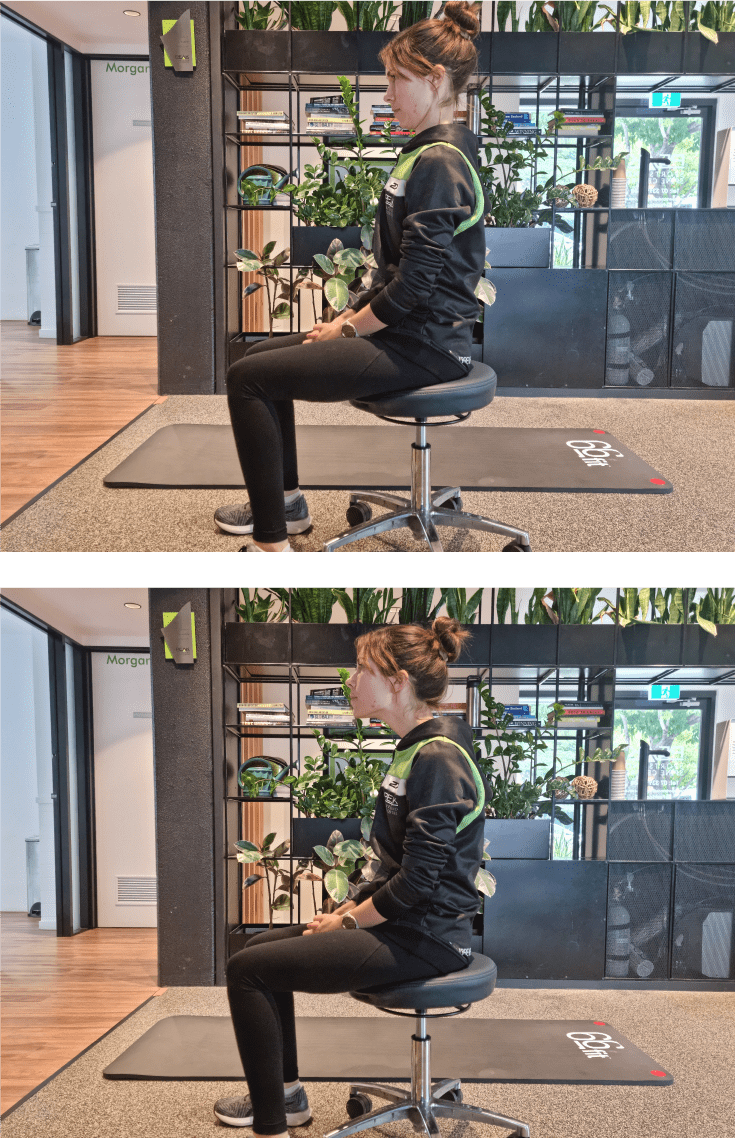
Neck and shoulder pain physiotherapy exercises
Below are specific postural strength and mobility exercises that can help with neck and shoulder pain related to stress.
Chin tuck:
Sit up tall in your chair. Bring your chin back towards your neck as if making a double chin. Then bring your chin back forwards. Repeat 10x/hour of sedentary work.
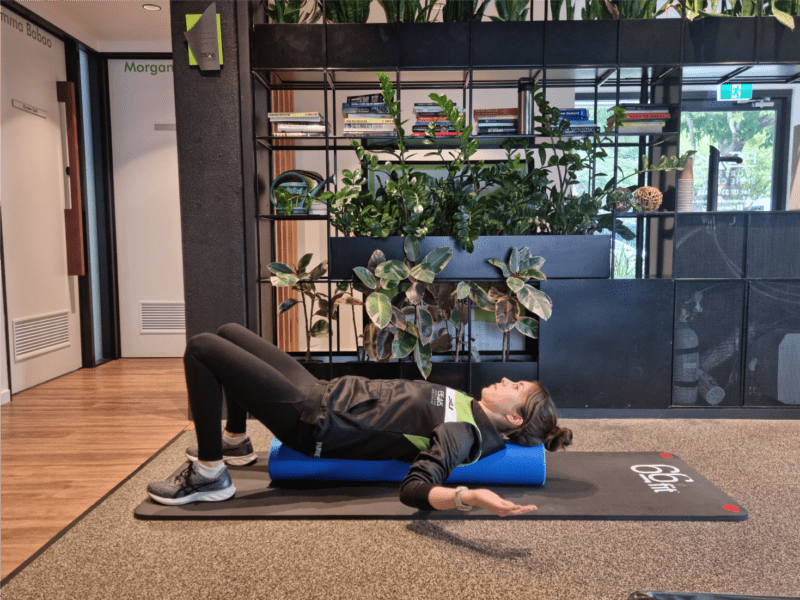
Pec Stretch on Foam roller:
Lie with a foam roller lengthways along your back. Tuck chin to feel stretch along back of neck. Have elbows bent at 90degrees. Drop elbows and hands down towards the ground. Move arms up and down at the shoulders, as if making snow angels. Continue for 1 minute. You should feel an opening through your chest/ pectorals.
Rows:
Using a theraband or cables, hold 1 in each hand, with elbows bent. Bring arms backwards and squeeze between shoulder blades. Slowly let arms come back forwards.
In Summary
- Stress is a part of life, but we can manage it and take steps to prevent physical implications that come with it
- Relaxed breathing can play a big role in helping relax muscles and regulate stress hormones
- Physical exercise plays an important role in mental, physical and hormonal health
- Inactivity may be as influential as activity on chronic illnesses
This is a great starting point, however these exercises and information may not be right for you. If this speaks to you and you want to learn more, book in to see one of our coaches today. We’d love to help you Dream Big!
Let's get started — How can we help?
Physiotherapy
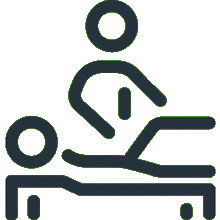
Chiropractic
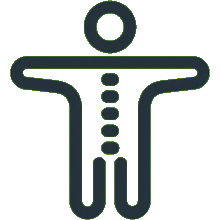
Podiatry
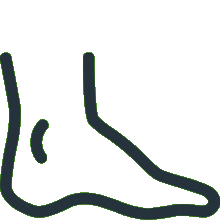
Massage Therapy
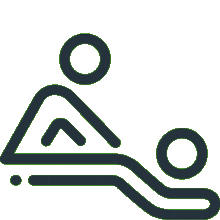
Women's Health Physiotherapy
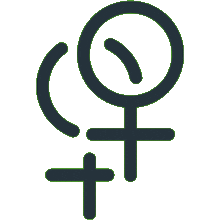
Running Program Tailored To Your Goals
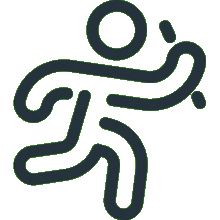
Joint Mobilisation
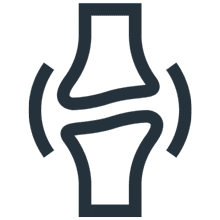
Active Release Technique
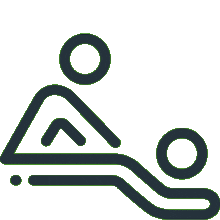
Exercise Prescription
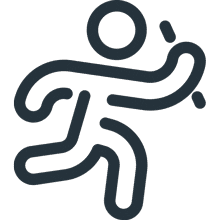
Real Time Ultrasound Imaging
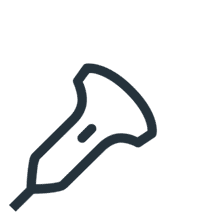
Spinal Manipulation
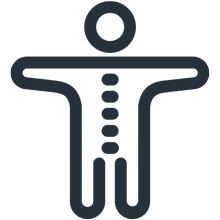
Functional Movement Screen
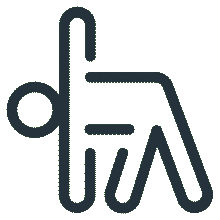
Knee Pain Treatment

Hamstring Strain Treatment
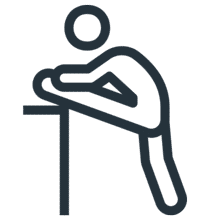
Hip Pain Treatment

Upper, Middle & Lower Back Pain

Neck Pain Treatment

Shoulder Pain & Rotator Cuff Tear

Can't find what you're after?
View all ServicesOr email the PEAK team at info@peakssc.com.au
Hawthorne
- Phone: (07) 3399 3318
- Fax: (07) 3319 6577
Address
5/171 Riding Road,Hawthorne, QLD, 4171 Get Directions
Opening Hours -
6 days per week
- Monday - Friday: 7:00 am - 8:00 pm
- Saturday: 7:00 am - 1:00 pm
To make a booking outside of business hours, please use our form by clicking here.
New Farm
- Phone: (07) 3399 4668
- Fax: (07) 3319 6577
Address
1/15 Lamington Street,New Farm, QLD, 4005 Get Directions
Opening Hours -
6 days per week
- Monday: 7:00 am - 8:00 pm
- Tuesday: 7:00 am - 8:00 pm
- Wednesday: 9:00 am - 8:00 pm
- Thursday: 10:00 am - 8:00 pm
- Friday: 7:00 am - 3:00 pm
- Saturday: 7:00 am - 3:00 pm
To make a booking outside of business hours, please use our form by clicking here.

